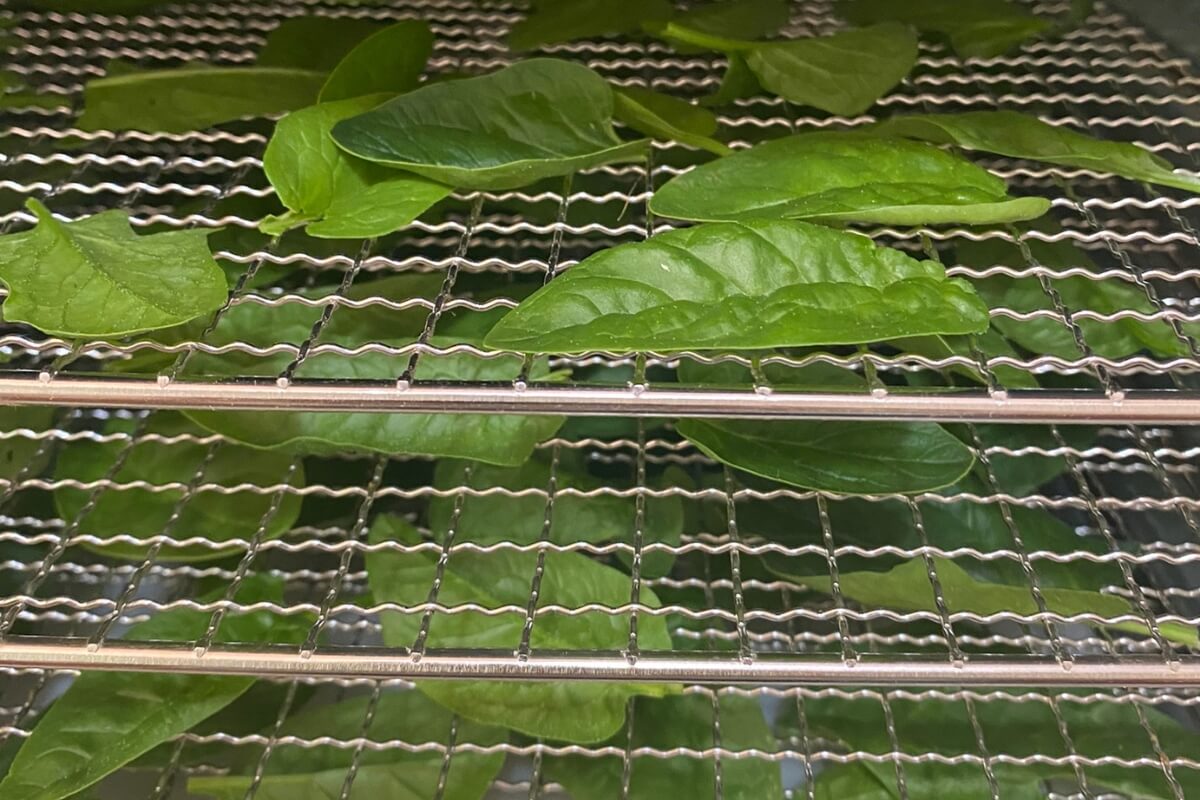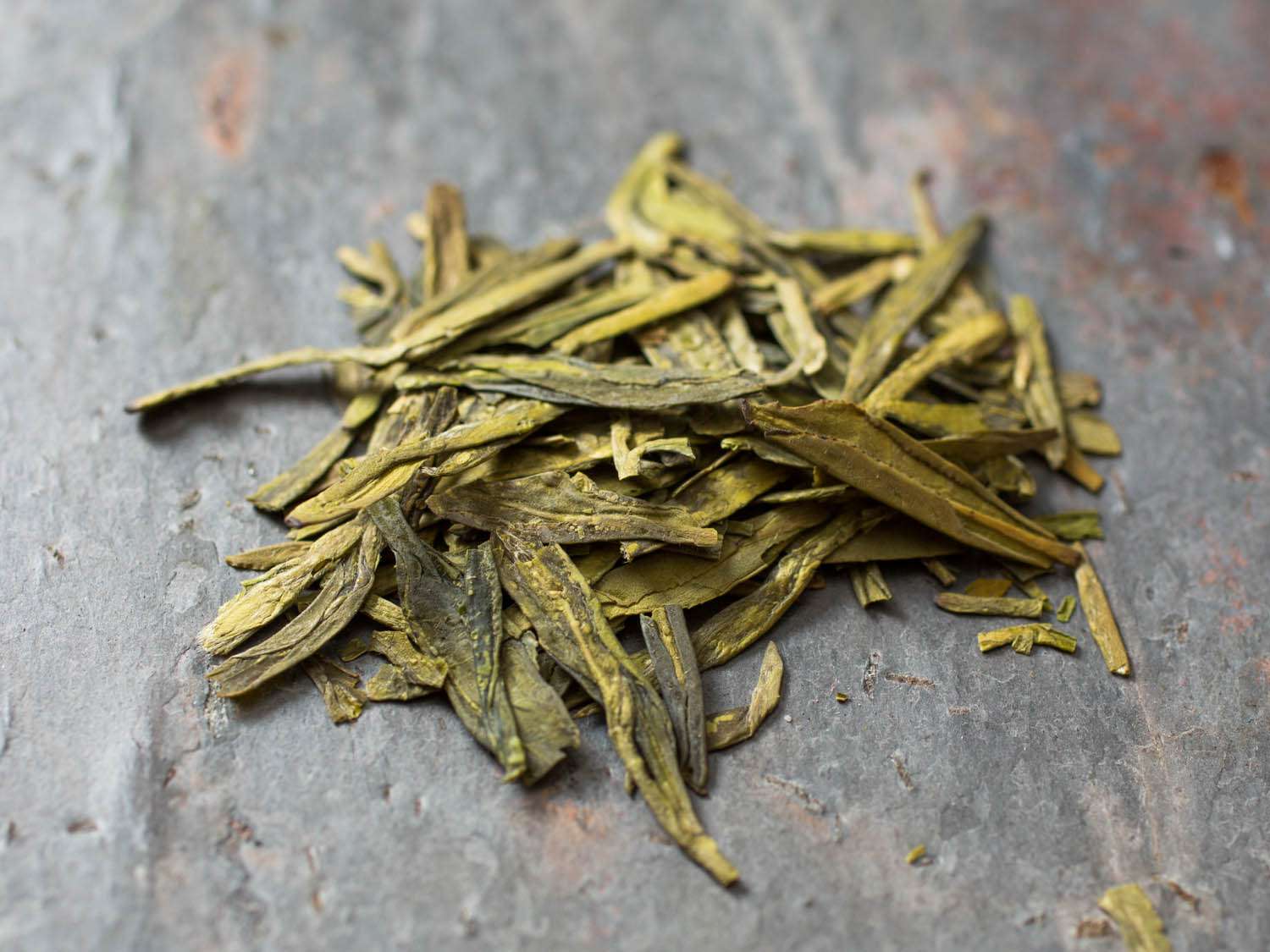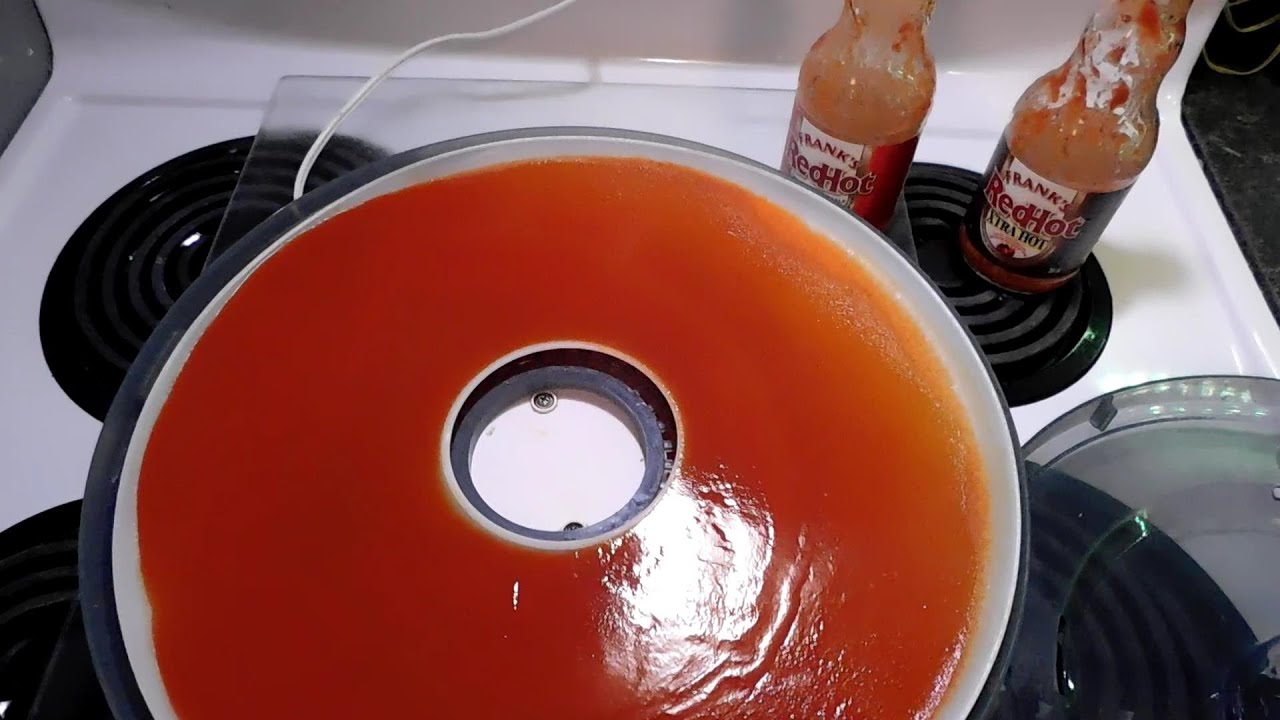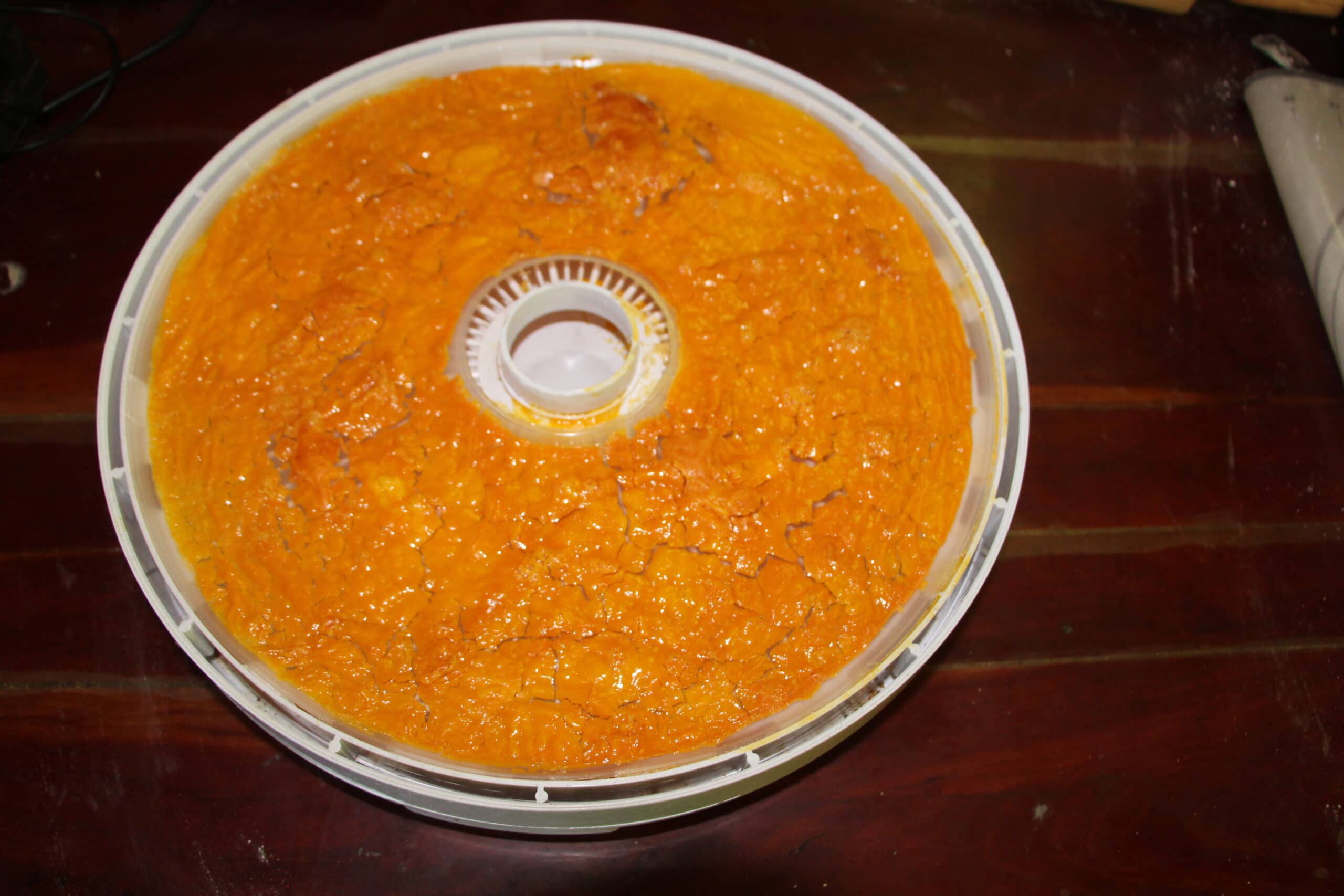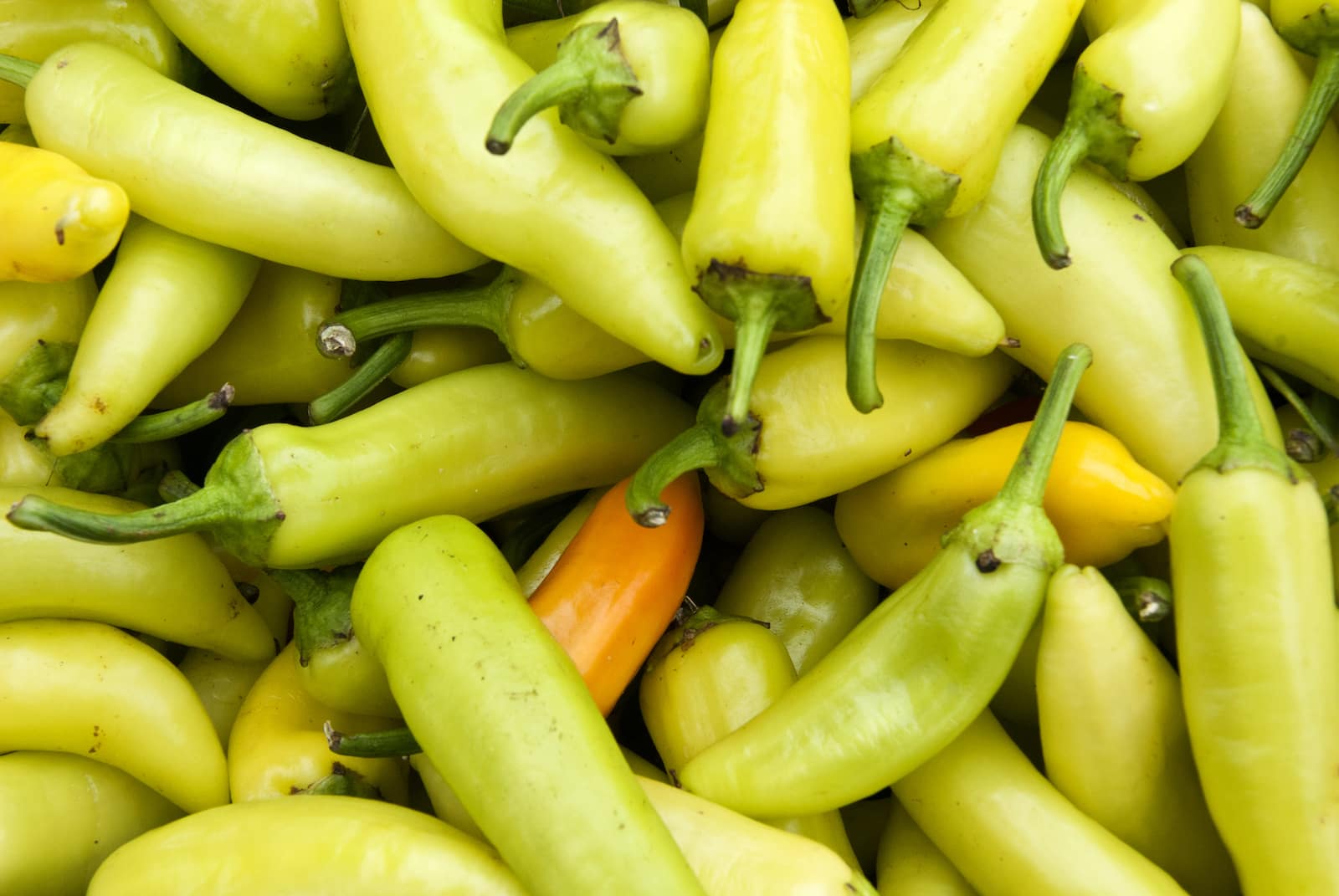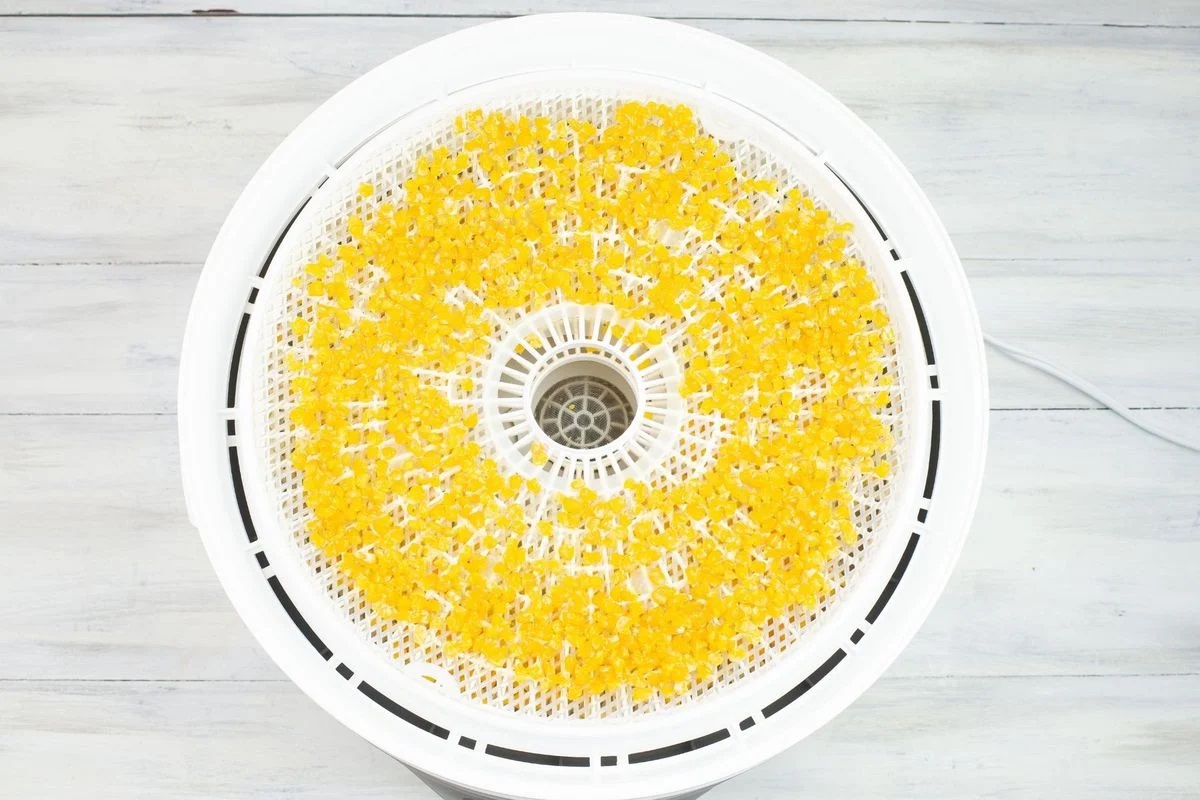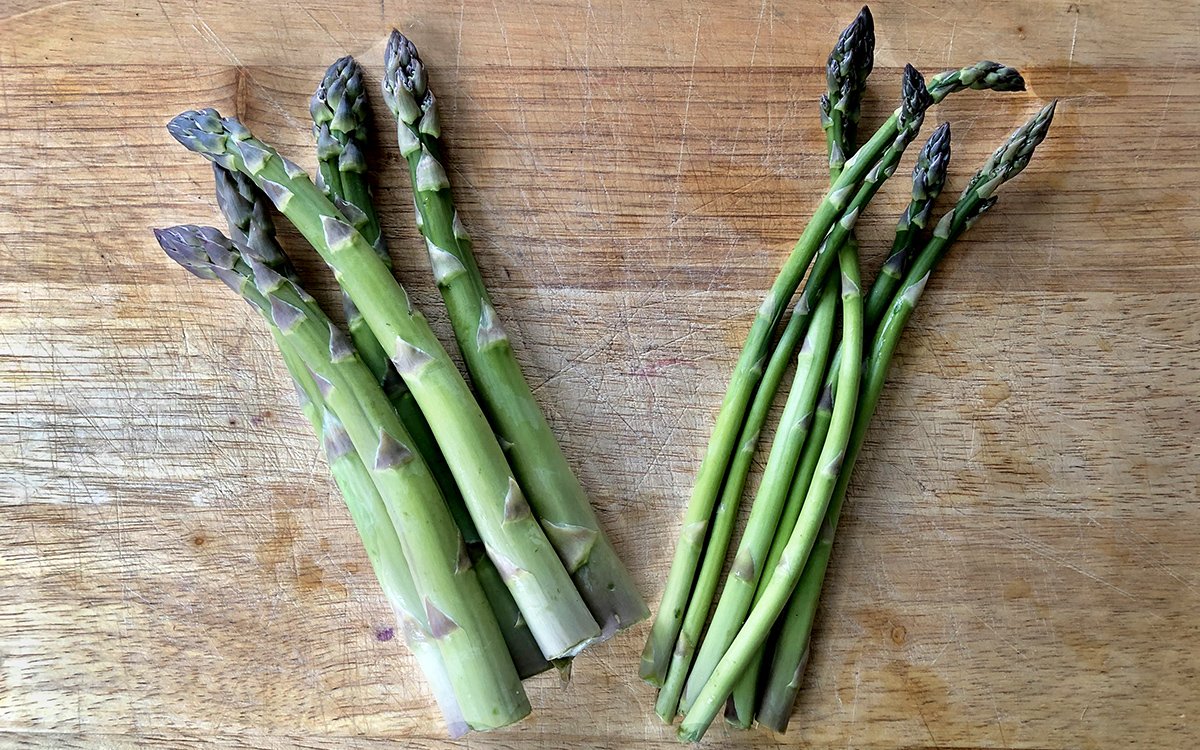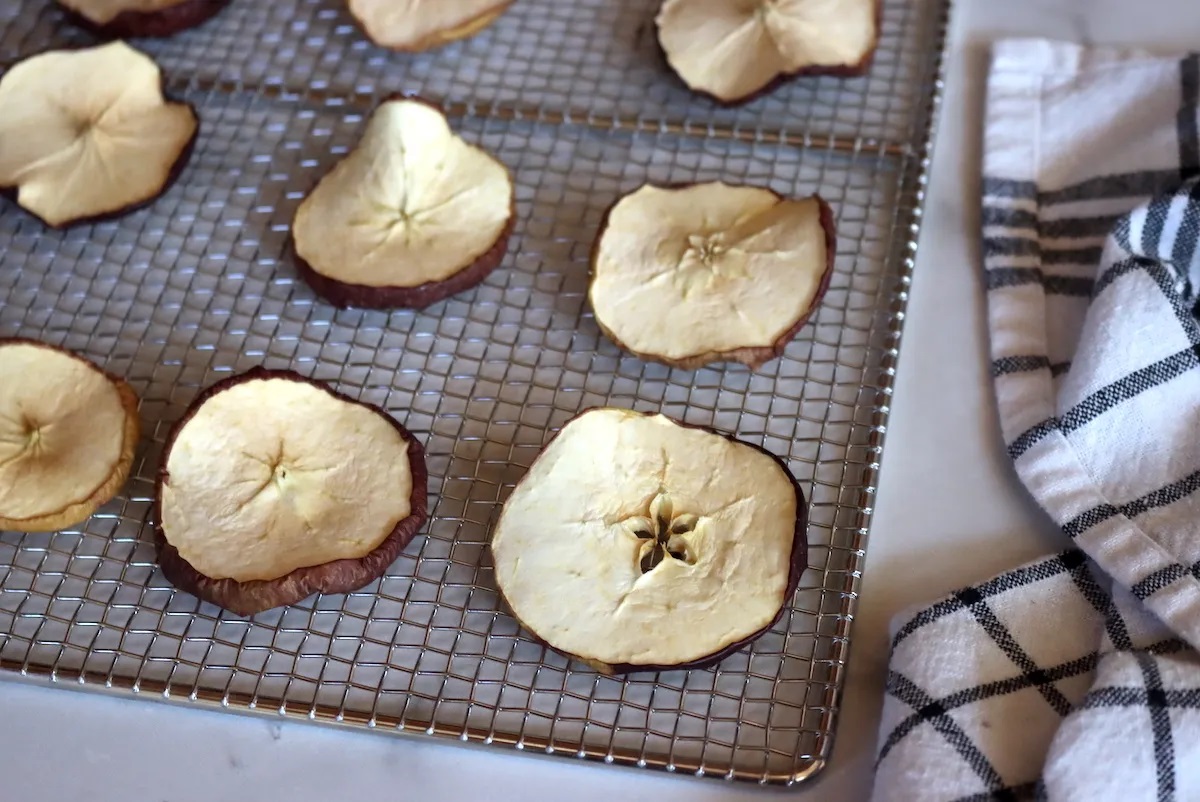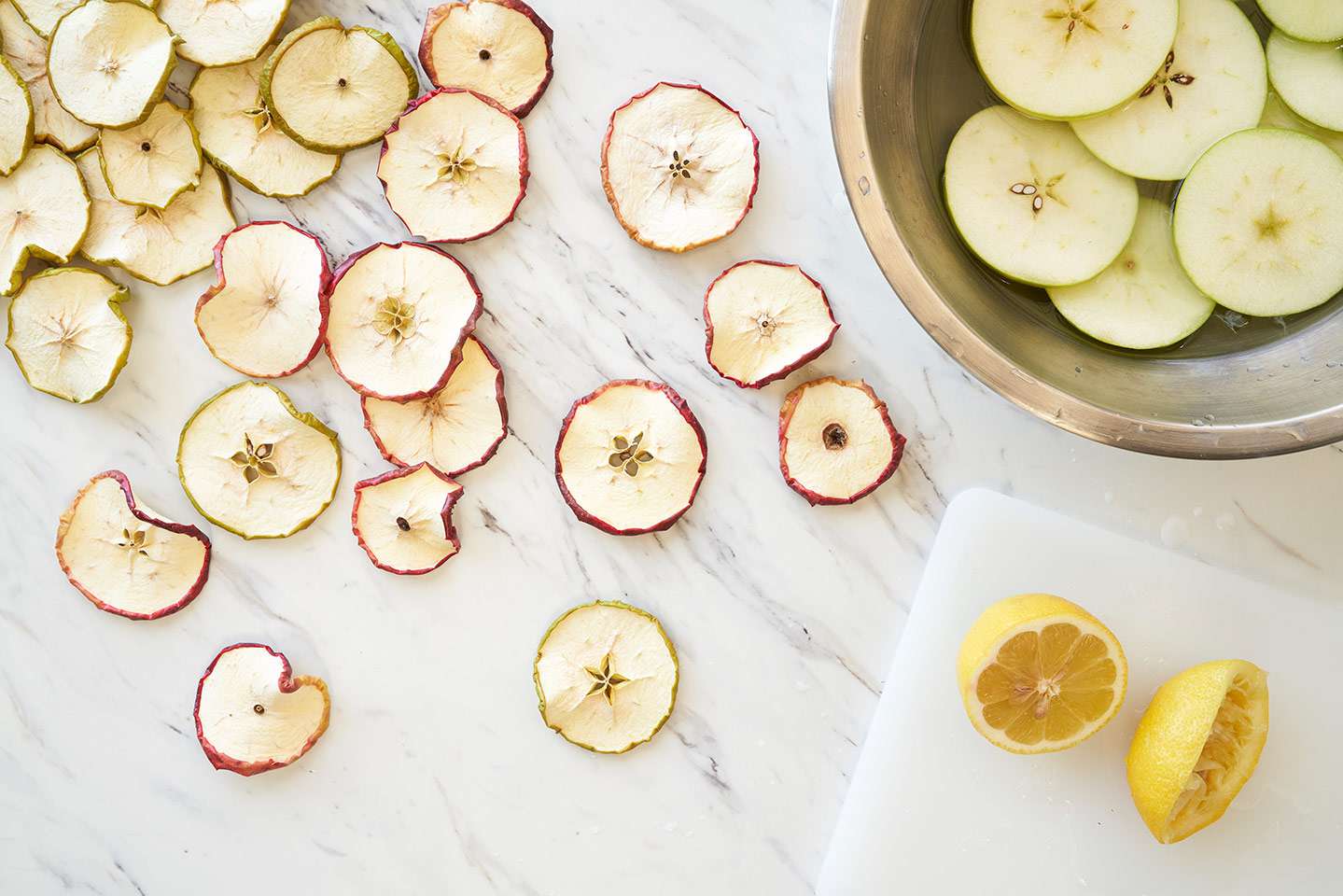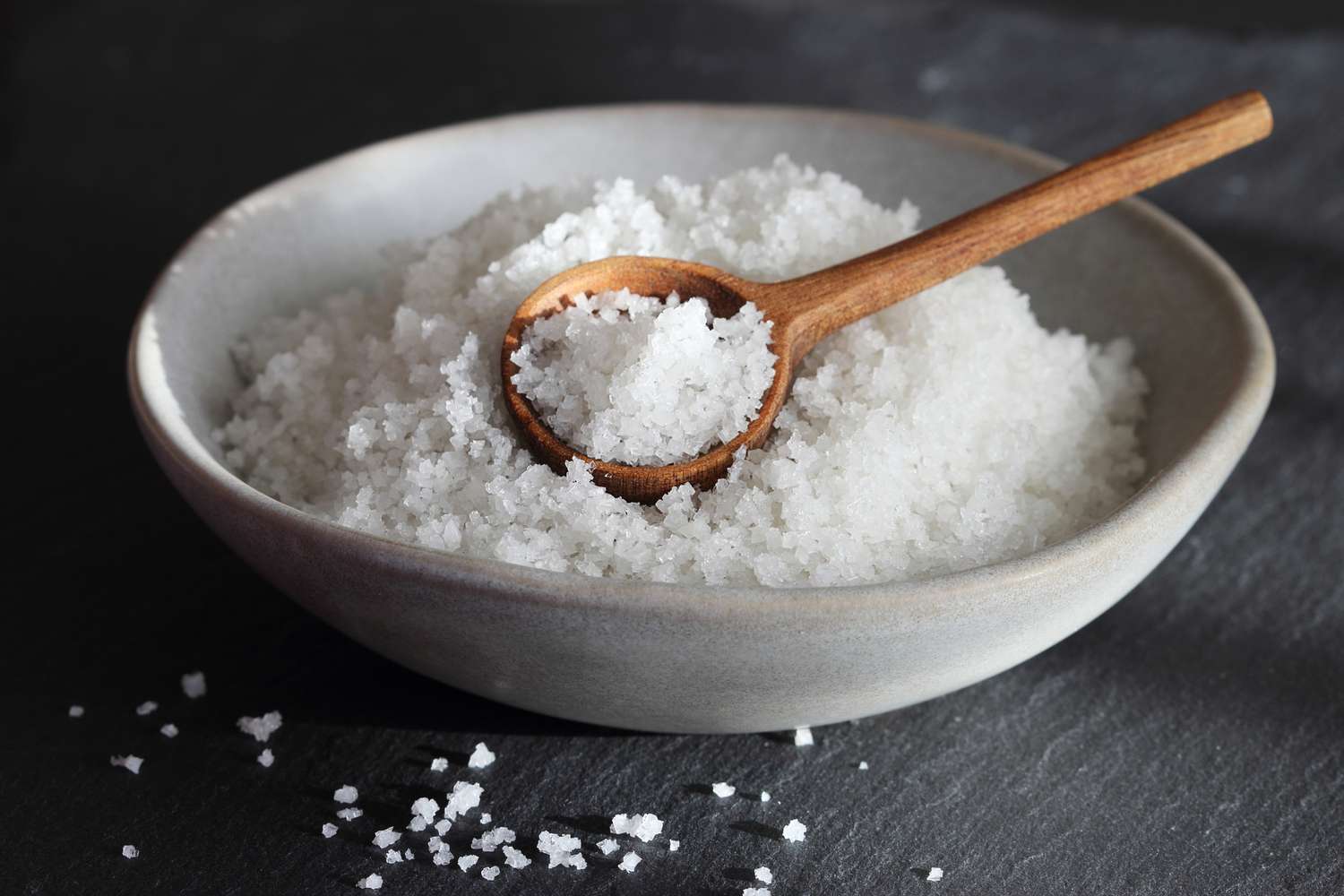Dehydrating Bell Peppers: A Flavorful and Convenient Option
Dehydrating bell peppers is a fantastic way to preserve their flavor and nutritional value for future use. Whether you have an abundance of bell peppers from your garden or you simply want to take advantage of a great deal at the grocery store, dehydrating them using a dehydrator is a simple and effective method to ensure you have a supply of this versatile ingredient on hand.
Why Dehydrate Bell Peppers?
Dehydrating bell peppers offers several benefits:
- Extended Shelf Life: Dehydrated bell peppers have a much longer shelf life compared to fresh ones, allowing you to enjoy them throughout the year.
- Convenient Storage: Once dehydrated, bell peppers take up significantly less space, making them easy to store in airtight containers or resealable bags.
- Intensified Flavor: Dehydrating bell peppers concentrates their natural flavors, resulting in a more robust taste when rehydrated and used in dishes.
- Nutritional Retention: Dehydrated bell peppers retain a high percentage of their original nutrients, making them a healthy addition to your meals.
Steps for Dehydrating Bell Peppers Using a Dehydrator
Follow these simple steps to dehydrate bell peppers using a dehydrator:
- Preparation: Wash the bell peppers thoroughly and pat them dry with a clean kitchen towel. Remove the stems, seeds, and membranes. Slice the peppers into uniform pieces to ensure even drying.
- Preheat the Dehydrator: Preheat your dehydrator to the appropriate temperature for vegetables, typically around 125°F to 135°F (52°C to 57°C).
- Arrange the Peppers: Place the prepared bell pepper slices in a single layer on the dehydrator trays, ensuring that they do not overlap. This allows air to circulate evenly around the peppers for optimal drying.
- Drying Time: The drying time can vary depending on factors such as the thickness of the slices, humidity, and the specific dehydrator model. Generally, it can take between 8 to 12 hours for bell peppers to fully dehydrate.
- Check for Dryness: To test for dryness, remove a piece of bell pepper from the dehydrator and allow it to cool for a few minutes. It should be leathery and free of moisture. If it feels damp or soft, return it to the dehydrator for additional drying time.
- Cooling and Storing: Once the bell peppers are fully dehydrated, allow them to cool completely before transferring them to airtight containers or resealable bags. Store them in a cool, dry place away from direct sunlight.
Ways to Use Dehydrated Bell Peppers
Dehydrated bell peppers can be rehydrated and used in various dishes, adding a burst of flavor and color. Here are some ideas for using dehydrated bell peppers:
- Rehydrating: Simply soak the dehydrated bell peppers in warm water for about 30 minutes until they become plump and tender.
- Add to Soups and Stews: Rehydrated bell peppers are a delicious addition to soups, stews, and chili, infusing the dish with their sweet and tangy flavor.
- In Salads and Dips: Incorporate rehydrated bell peppers into salads, pasta dishes, or homemade dips for a vibrant and flavorful twist.
- As a Pizza Topping: Sprinkle rehydrated bell peppers on homemade or store-bought pizzas for a pop of color and taste.
- In Casseroles and Egg Dishes: Enhance the flavor of casseroles, frittatas, and egg scrambles by including rehydrated bell peppers.
Enjoy the Versatility of Dehydrated Bell Peppers
Dehydrating bell peppers using a dehydrator is a simple and rewarding process that allows you to enjoy the flavor and nutritional benefits of this vibrant vegetable throughout the year. Whether you grow your own bell peppers or purchase them from the store, dehydrating them provides a convenient and versatile ingredient for a wide range of culinary creations.
For those looking to experiment with dehydrated bell peppers, there's a wealth of recipes to try. Start with the Hearty Vegetable Soup with Dehydrated Bell Peppers, which is perfect for a cozy night in. If you're in the mood for something more robust, the Classic Beef Chili with Rehydrated Bell Peppers is a must-try, offering a hearty meal with a zing of pepper flavor. For a quick and easy weeknight dinner, the Chicken Fajitas with Dehydrated Bell Peppers are both flavorful and simple to prepare. Looking for a meat-free option? The Vegan Lentil Stew with Dehydrated Bell Peppers provides a nutritious and satisfying dish. And don't miss out on the Homemade Pizza with Dehydrated Bell Pepper Topping, which brings a delightful twist to a classic favorite. Each of these recipes showcases the versatility and convenience of dehydrated bell peppers, making them a fantastic addition to your culinary repertoire.
